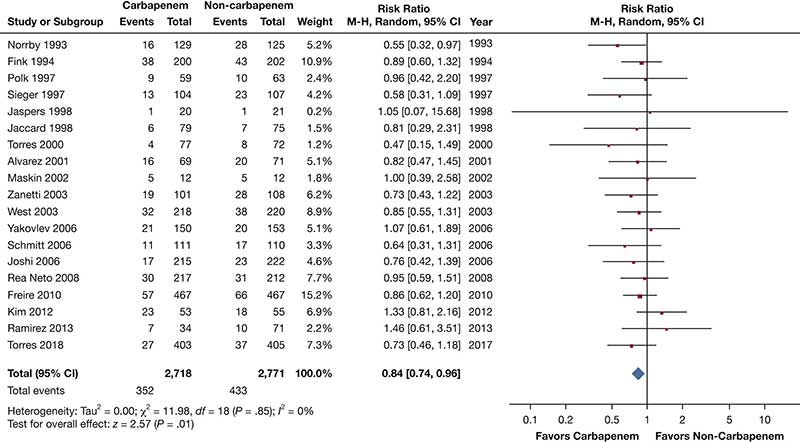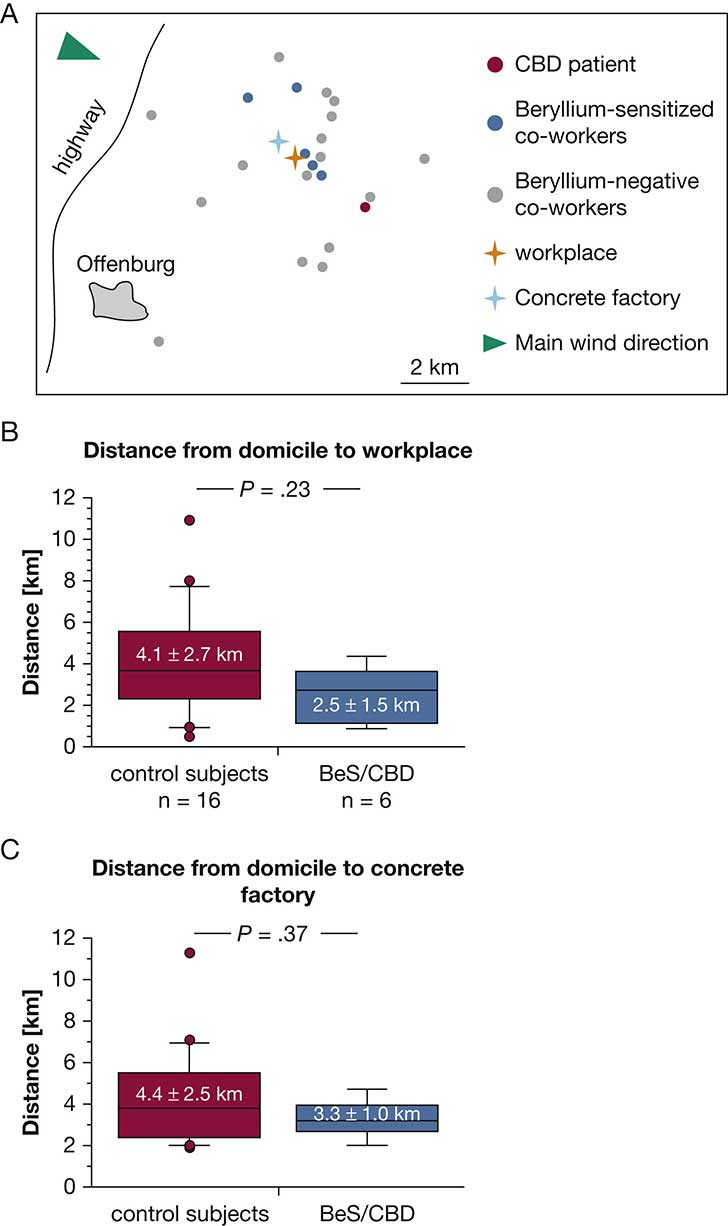Hot in Journal CHEST: March 2021
By: Divya C. Patel, DO
March 17, 2021
 Each month, we ask our Social Media Co-Editors of CHEST to weigh in on the hot topics in CHEST. This month, Dr. Patel shares her highlights of the March 2021 issue. After reviewing the issue, be sure to share your hot list on Twitter with the hashtag #journalCHEST.
Each month, we ask our Social Media Co-Editors of CHEST to weigh in on the hot topics in CHEST. This month, Dr. Patel shares her highlights of the March 2021 issue. After reviewing the issue, be sure to share your hot list on Twitter with the hashtag #journalCHEST.
I hope that wherever you practice, COVID-19 cases are coming down and vaccination administration to the public is in full swing. Hopefully, the decrease in cases gives us time to take a deep breath and think about other important common and uncommon conditions that we treat in our specialty. I have also included an intriguing article that suggests that beryllium-related lung disease may not only be associated with occupational exposure but also environmental exposure. This particular paper is also subject of the Journal Club on March 25, 2021, at 3 pm ET, and includes the authors of the study.
Pulmonary rehabilitation (PR) has been extensively studied in patients with COPD and shows short-term benefits in exercise capacity and quality of life (QoL). However, the long-term benefits of initial PR with maintenance programs beyond 1 year are unknown. In this prospective study, the authors studied the long-term benefits of an 8-week PR program on dyspnea, anxiety, depression, and QoL 2 years after PR. One hundred sixty-five patients participated in a community-based, 8-week program with 2-hour sessions, twice a week. At 8 weeks, improvements in mMRC, SGRQ, AIR, and DASS were seen. Two years later, improvements in anxiety and QoL were maintained but not with dyspnea, depression, and stress symptoms. Factors associated with a persistent benefit to QoL at 2 years included high levels of dyspnea, depression, anxiety, and decreased exercise capacity at baseline.
In this study, the authors studied efficacy of carbapenems for hospital-acquired and ventilator-associated pneumonias (HAP/VAP) by performing meta-analysis. The best combination of empiric antibiotics for HAP and VAP depend on local and patient factors, but the best empiric regimen is not certain. Carbapenems have good activity against the most common organisms that cause HAP and VAP, including Pseudomonas aeruginosa and MSSA, but resistance is increasing. Prior meta-analysis has shown a mortality benefit with carbapenem use for HAP, but the quality of evidence included was poor. Thus, the authors in this paper have updated the meta-analysis using data from more recent trials: Twenty trials, including more than 5,000 patients, that compared carbapenem and non-carbapenem-based regimens. The results showed that carbapenem-based regimens had lower mortality compared with non-carbapenem-based studies. In patients with more severe disease and with pseudomonas, the mortality benefit was not seen.

Beryllium exposure and sensitization occurs in the occupational setting and mimics sarcoidosis clinically, radiographically, and histologically in the lungs. It is typically found in the defense, nuclear, and aerospace industries. In this paper, the authors describe a field study in which colleagues of a worker diagnosed with chronic beryllium disease (CBD) were tested for beryllium sensitization and five out of 21 tested positive for sensitization. They traced the beryllium exposure to concrete dust in the work yard of the workmates. Thus, the authors describe a new cause of beryllium sensitization not related to an industry previously described.
